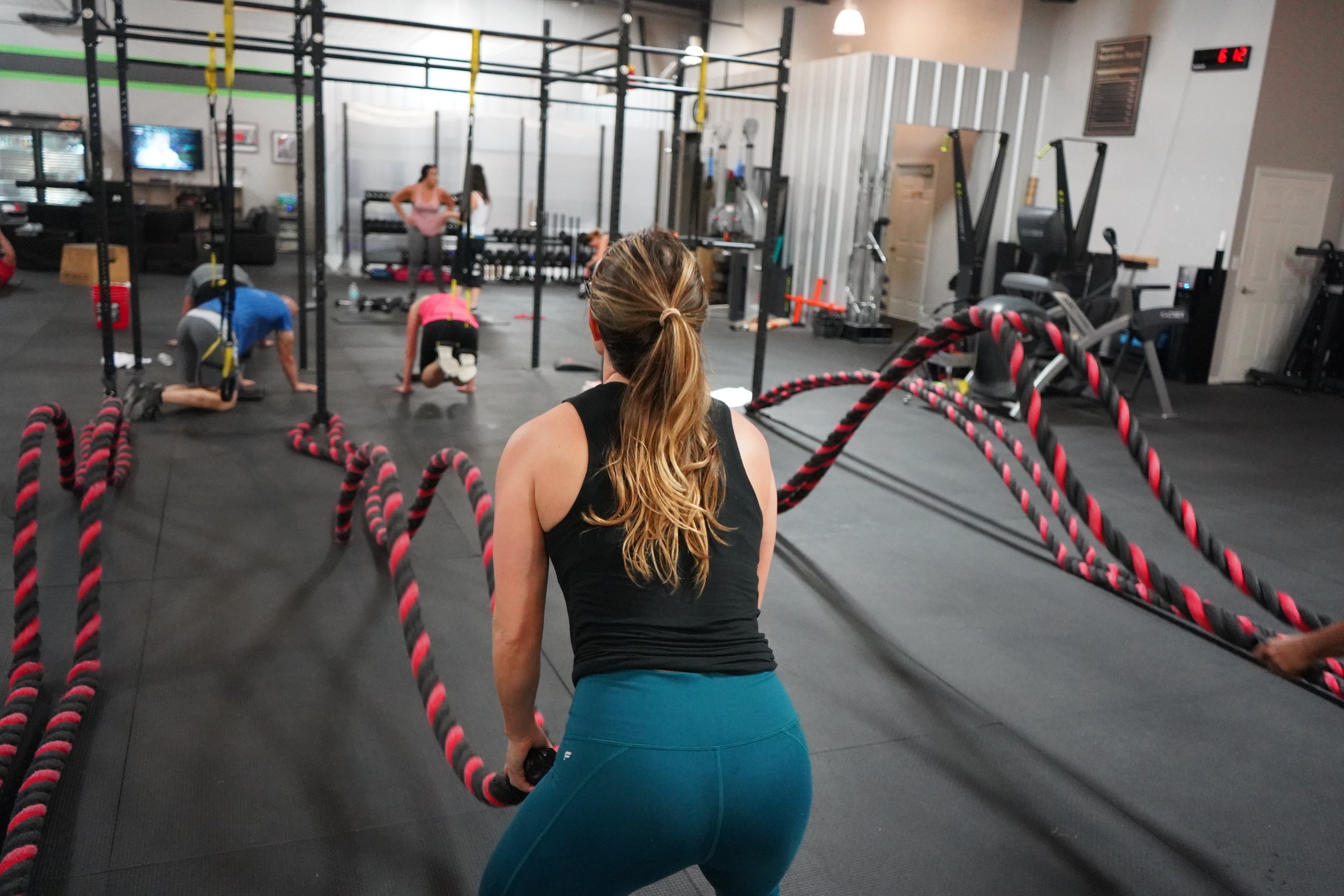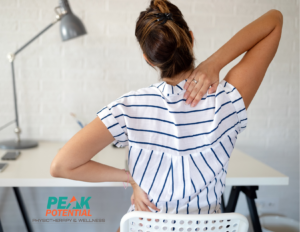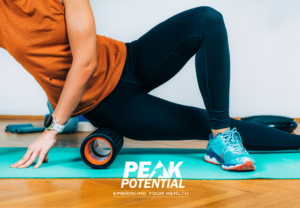
Throughout the fitness industry I think we can agree that those hours on the treadmill or elliptical machine aren’t getting anyone the results they are looking for. Why? Because it isn’t building strength in the muscles, movement is in only one plane (not consistent with how we move in day to day life), and it’s so boring that most aren’t going to stick to it.
The solution that many have found to bust the boredom, build strength, and move in ways that will serve them in real life circumstances . . . Boot Camps.
This isn’t just a military workout anymore. These circuits of intense exercise have found their way into gyms, community parks, and even living rooms.
Boot camp programs may be so popular because they are fast paced, provide a lot of variety, work every muscle group, and provide a sense of community among members. I love that they build both strength and endurance at the same time. This is so important to me as our goal is to empower people to stay active and strong in ways they enjoy.
So, how do you make Boot Camp an epic success for you?
Stick with it for the long haul. And the only way you are likely to stick with something is if you stay injury free.
The problem arises when boot camp results in aches, pains, or injuries that leave participants discouraged and not likely to continue with exercising. Usually these injuries are a result of lifting too much weight too soon, using improper technique, or performing rotation moves that the body isn’t prepared for.
The most common boot camp injury we see is low back pain and the biggest mistake that people in this situation make is to stop exercising. The good news is that modification of movements can be valuable in taking strain off the back muscles as they heal and prevent future injury.
The goal with low back pain is modify activities but not at the cost of complete avoidance over a long period of time. We see those who completely stop activities over time end up deconditioned, which can lead to further injuries and persistent pain.
So, unless you are 100 years old with osteoporosis, your spine is not too fragile or weak for movement. In fact, movement is what your sore, aching body craves AND movement is always scalable. This means, you can decrease your intensity or make a modification to continue to move without causing further damage.
Even if you have persistent back pain, you are not broken and there is a lot you can do. And the same applies for a bum knee or aching shoulder or any body part that may be bugging you since starting a new exercise program. Movement and loading your body should not be feared.
However, all of this does not mean you should ignore an ache, pain, or injury. If you’ve had a problem since starting boot camp, or any exercise program for that matter, you may need to get some additional help.
A specialist will address the problem, usually while you are still able to train in some capacity, to allow your body to heal and prepare it for the stress you will put the body part under. The best news is that your physical therapist can team up with your trainer to help you make modifications to your current workouts and prevent any further injury in the future. Click the link below to speak with a specialist today who can help you recover quickly and get you back to the activities you love.
If you have stayed injury free, you aren’t off the hook. Fact is 80% of people will experience an episode of back pain in their life, so let’s also work on prevention. Stay tuned for next week’s post on “How to Protect Your Back at Boot Camp” (follow us on Facebook so you know when we post new content) AND share this with your workout buddy so they can be wildly successful at meeting their fitness goals as well.
In addition, we have a whole chapter in our book “Heal, Optimize, Thrive” on the most effective injury recovery strategies. You can check out more about the book and when it will be available on Amazon at www.healoptimizethrivebook.com or click the link below.




